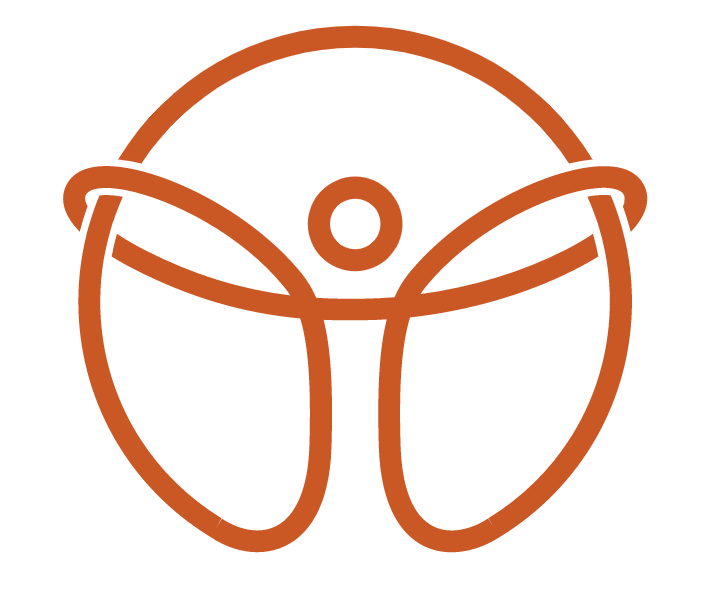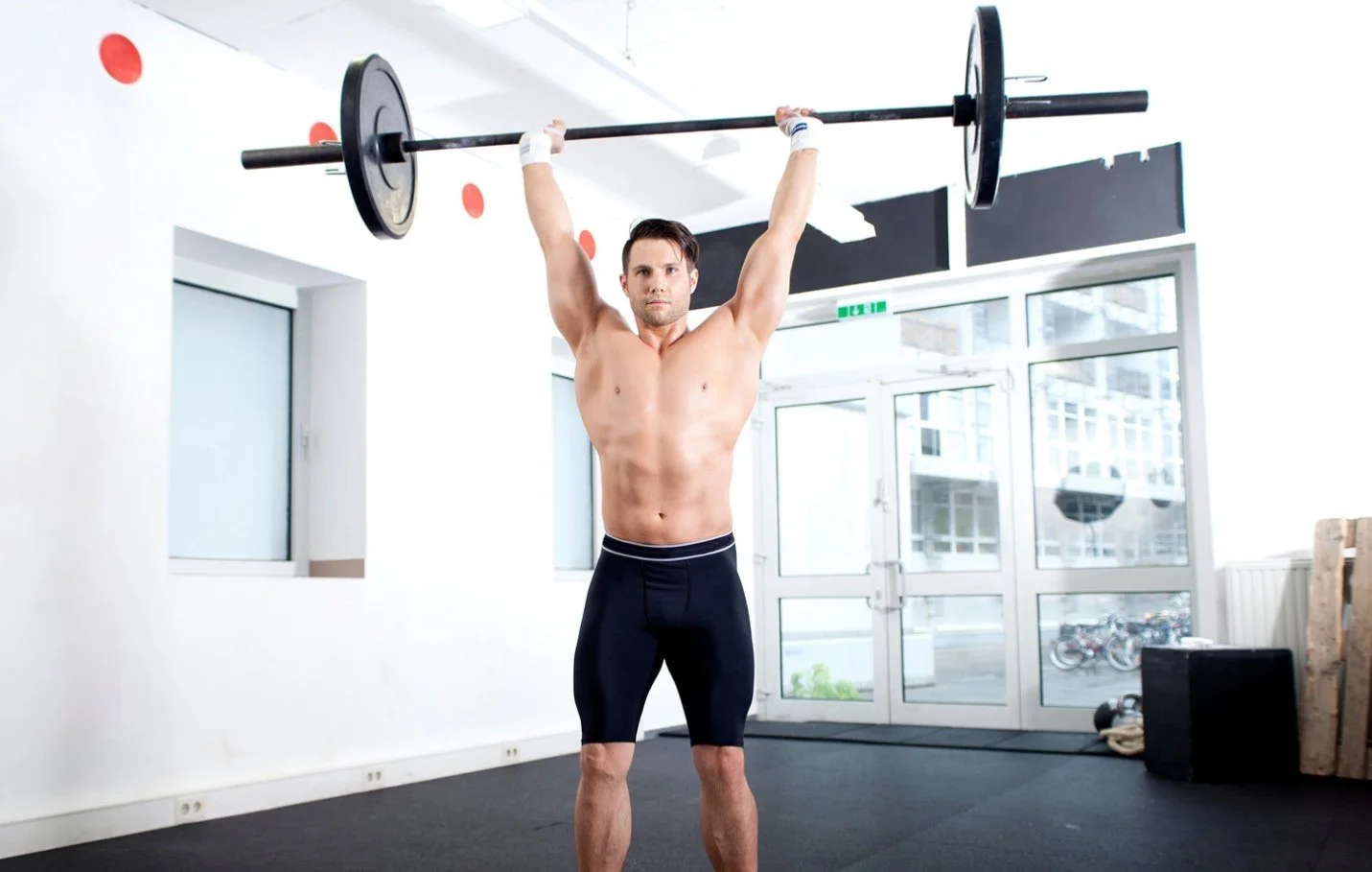Why Your Overhead Press Is Causing Pain—And How to Fix It Fast
The overhead press is a foundational strength movement, building shoulder stability, upper body strength, and core control. However, it’s also one of the most common lifts that can cause pain—particularly in the shoulder, neck, and upper back. For athletes and active individuals alike, pain with overhead pressing often signals a deeper dysfunction that needs to be addressed, not ignored.
Common Causes of Overhead Press Pain
Pain during or after overhead pressing can stem from a number of sources. One of the most frequent culprits is poor scapular control. When the shoulder blades fail to move properly with the arm, undue stress is placed on the rotator cuff and surrounding musculature. Tight pectoral muscles, weak scapular stabilizers, or previous shoulder injuries can all contribute to this.
Another cause is impingement syndrome, where the rotator cuff tendons are pinched under the acromion during arm elevation. This can be the result of posture, inflammation, or structural abnormalities. Cervical spine restrictions or thoracic spine stiffness may also alter shoulder mechanics, forcing compensation and resulting in pain.
Improper technique, especially when paired with high loads, compounds these issues. Athletes may unknowingly press with a flared ribcage, forward head posture, or locked lumbar spine—all of which strain the kinetic chain.
The Role of a Thorough Examination
Before initiating treatment, a thorough exam is essential to determine the root cause. A skilled sports chiropractor will assess not just the shoulder, but the entire movement system. This may include:
Functional Movement Screens (FMS) to evaluate global movement patterns
Orthopedic Testing to isolate joint and tissue-specific dysfunction
Diagnostic Ultrasound to visualize soft tissue damage, inflammation, or structural abnormalities in real-time
This comprehensive approach ensures the problem is treated at its source rather than chasing symptoms.
How a Sports Chiropractor Can Help
A sports chiropractor is uniquely positioned to address both the structural and functional components of overhead press pain. Treatment often combines several hands-on techniques with active rehabilitation to restore pain-free motion.
Dry Needling is a powerful tool for reducing muscle tension, breaking up trigger points, and calming irritated nerve pathways. When applied to muscles such as the upper traps, infraspinatus, or levator scapulae, dry needling can quickly restore shoulder mobility and decrease pain.
Active Release Technique (ART) is used to break down adhesions and improve tissue glide. This is especially beneficial for tight pecs, subscapularis, and lats, which often contribute to dysfunctional shoulder mechanics.
Chiropractic Manipulation, particularly of the thoracic spine and cervical segments, can restore normal joint mobility and help reset faulty movement patterns that lead to compensations in the shoulder complex.
Supervised Rehabilitation is where long-term success is built. Corrective exercises focused on scapular control, rotator cuff strength, thoracic mobility, and postural awareness are integrated based on the findings from the initial assessment.
Final Thoughts
Pain during overhead pressing isn’t something to push through. It’s a sign that something’s not working as it should. A sports chiropractor can uncover the root of the problem through a thorough exam and targeted treatment, restoring strength and function safely. Whether you’re lifting in the gym, competing in athletics, or just staying active with your family, don’t let shoulder pain hold you back.

